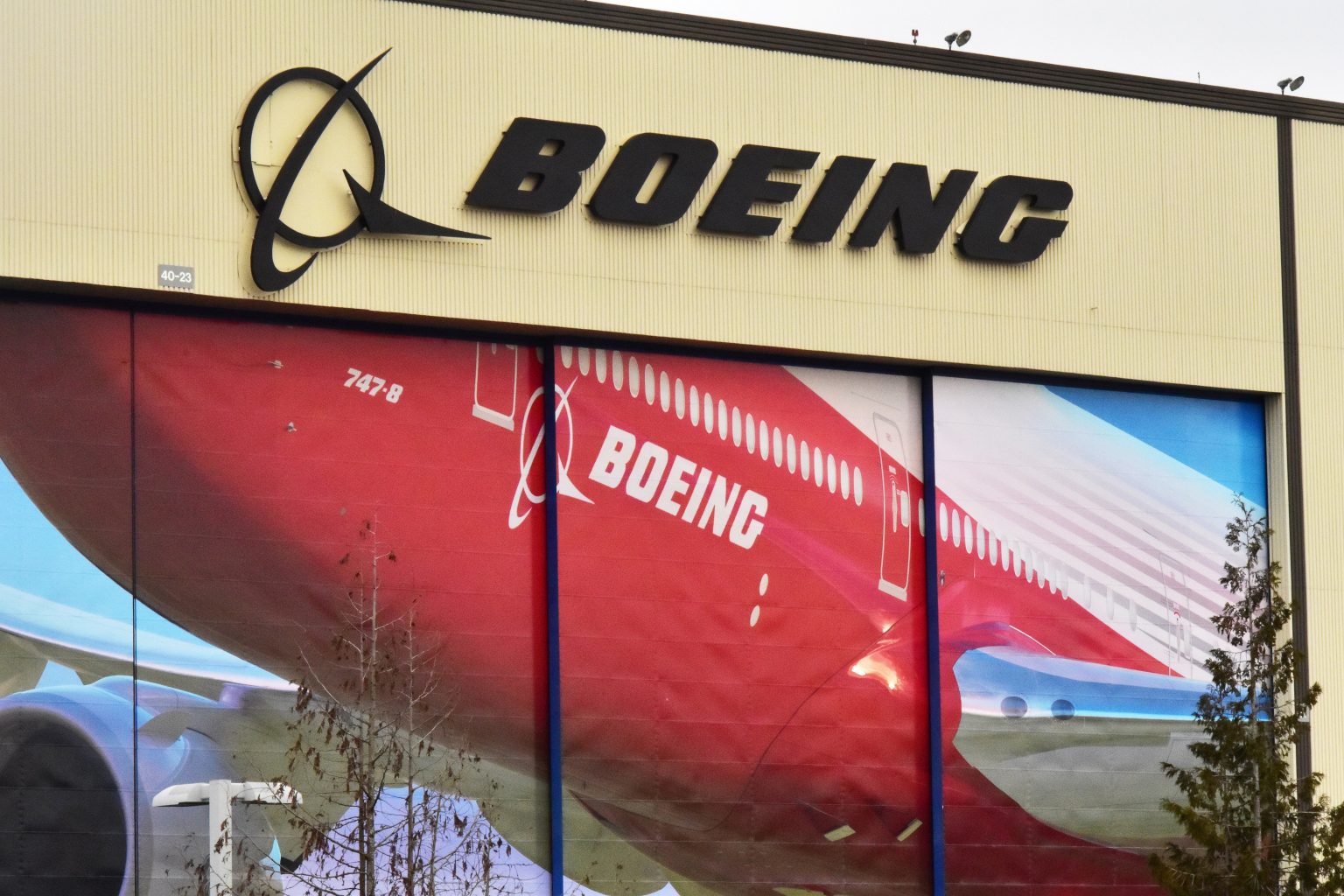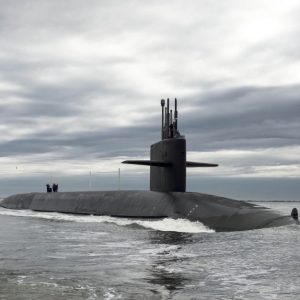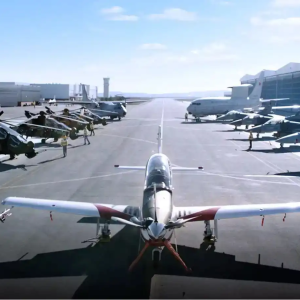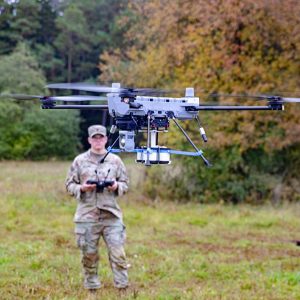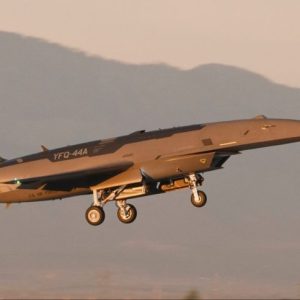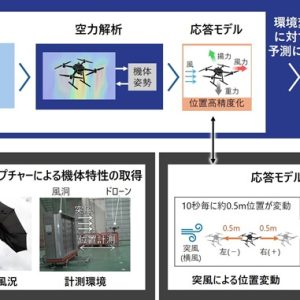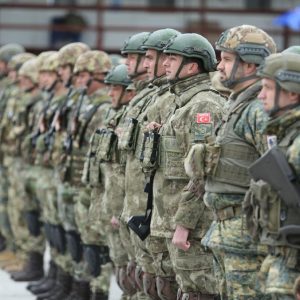Türkiye signalled interest in a large Türkiye Boeing and Lockheed deal—encompassing “hundreds” of airliners and new batches of combat aircraft—according to a Reuters brief on a Bloomberg report dated September 23, 2025. The package, reportedly intertwined with local production worth over $10 billion and subject to U.S. presidential approval, aligns commercial fleet renewal with a defence reset that could re‑open doors to F‑35 talks while advancing F‑16 sustainment and upgrades [1].
Key Facts
- Scope: “Hundreds” of Boeing airliners plus Lockheed Martin fighters under discussion; localization and industrial participation reportedly exceed $10 billion [1].
- Policy hinge: Transactions would require approval from the U.S. President; discussions were expected around a Sept. 25 White House meeting [1].
- F‑35 track: Ankara aims to revisit F‑35 participation after the 2019 S‑400 rupture; near‑term fighter backfill remains F‑16 modernisation and deliveries [1].
- Industrial logic: Civil and military packages appear bundled with offsets, co‑production, and supply‑chain positioning to increase domestic value‑add.
Why this matters now
Pairing airliners with fighters is not just transactional. It signals a structural play: Türkiye can simultaneously accelerate civil aviation growth and restore strategic headroom in combat aviation. The Türkiye Boeing and Lockheed deal becomes a forcing function across four axes—fleet recapitalisation, alliance politics, industrial capacity, and export competitiveness.
1) Commercial fleet renewal at scale
“Hundreds” of airliners implies a multi‑type, multi‑year ladder for Turkish carriers and leasing affiliates. Expect a blend of narrow‑body workhorses for domestic/near‑regional routes and wide‑body assets to deepen long‑haul connectivity. For Boeing, that likely maps to a portfolio spanning single‑aisle and twin‑aisle families. For Türkiye, scale brings unit‑cost leverage, delivery‑slot priority, and a platform to grow MRO (maintenance, repair, overhaul) and pilot/technician training pipelines.
More importantly, large civil orders are bargaining chips to unlock industrial participation—from composite parts to cabin systems and avionics subassemblies—feeding the local ecosystem with exportable processes. Tie‑ins with Turkish tier‑1/2 suppliers could expand recurring revenues beyond airframe deliveries, increasing lifecycle capture for decades.
2) Fighter portfolio: near-term F‑16, long-term F‑35
The defence segment of the Türkiye Boeing and Lockheed deal appears to lean on Lockheed’s catalogue. In the near term, F‑16 deliveries and upgrade kits shore up fleet availability while Türkiye’s national fighter programmes mature. The F‑35 remains politically gated after the S‑400 episode; however, Reuters notes Ankara’s intent to negotiate F‑35 during the White House meeting [1].
Here, linkage matters. A constructive civil‑military package—anchored in verifiable compliance, export‑control assurances, and transparency—can provide a policy runway for incremental steps: parts access, training slots, software baselines, and eventually structured re‑entry talks. None of this is automatic, but comprehensive industrial safeguards improve the odds.
3) Localisation: from offsets to strategic positioning
Reports point to $10+ billion in local production. That figure is not just a headline; it is a blueprint. High‑value offsets should prioritise rate‑critical components, digital manufacturing, and MRO capabilities with NATO‑grade certifications. Winning moves include:
- Dual‑use composites and aerostructures that serve civil and defence lines.
- Avionics harnesses, EW subsystems, and wiring looms aligned with export‑control regimes.
- Engine MRO & module repair with test‑cell investments to support regional fleets.
- Training and simulators (pilots, maintainers) to institutionalise capacity.
The governance piece matters. Localisation should run through transparent contracting, cyber‑secure data environments, and ITAR/EAR‑aware compliance to reduce re‑escalation risk. That is the price of re‑trust in a sensitive supply chain.
4) Alliance dynamics and policy sequencing
A deal of this magnitude sits inside a larger alliance context. NATO partners assess not only the military balance but also interoperability, information assurance, and sanctions hygiene. For Ankara, sequencing will be crucial: proving the durability of compliance measures, aligning export controls, and engaging in confidence‑building with Washington. Doing so increases room to manoeuvre on the F‑35 question, even if a final decision remains contingent on U.S. executive and congressional signals.
Risks and friction points
- Approval risk: U.S. executive sign‑off is a hard gate. Domestic U.S. politics and congressional oversight can reshape scope, timelines, or technology access.
- Supply‑chain congestion: Airframer backlogs and engine shop bottlenecks could delay deliveries, pushing value to the MRO tail and away from near‑term fleet growth.
- Geopolitical volatility: Any relapse in sanctions‑related disputes or divergent regional postures can trigger pauses.
- Financing & FX: Large civil orders require disciplined FX risk management and export‑credit choreography.
What to watch in the next 90–180 days
- Term‑sheet signals: Look for announcements that parse civil versus defence tranches, identify model mixes, and enumerate localisation work packages.
- Regulatory breadcrumbs: U.S. notifications, congressional briefings, or advisory opinions indicating the comfort level on technology transfer.
- Industrial appointments: Turkish primes and tier‑1s naming programme leads for composites, avionics, and engine MRO.
- Training pipelines: Simulator orders, syllabi, and bilateral arrangements for pilot and maintainer training.
- F‑35 vocabulary: Whether discourse moves from exploratory language to process language—milestones, prerequisites, compliance audits.
Bottom line
If executed with rigorous compliance and credible localisation, the Türkiye Boeing and Lockheed deal could compress timelines for civil fleet scaling while restoring options in combat aviation. It would also embed Turkish suppliers deeper into global aerospace value chains—commercial today, defence tomorrow. The hard part is not the press release; it is the governance. But if the governance holds, the strategic payoff compounds.
Internal Link
For a broader regional defence‑industry context, see our latest Evening Brief covering procurement and alliance dynamics (internal): Defence Agenda Evening Brief — 27 September 2025.
External Link
For the original news reference and market context, see: Reuters: Turkey plans Boeing airliners, Lockheed fighters (citing Bloomberg).
References
Turkey plans to buy Boeing airliners and Lockheed Martin fighters: Reuters – Sept 23, 2025

